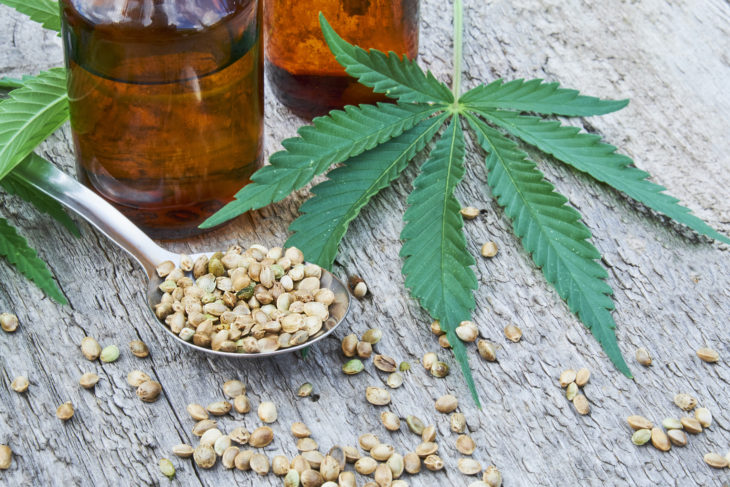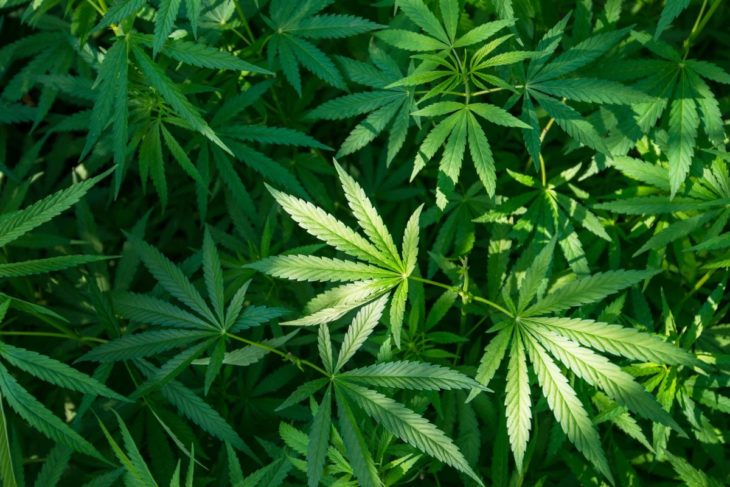Cannabinoid or more popularly known as CBD is a natural compound found in the cannabis plant. In recent years it has become a growing trend for wellness and medicinal purposes to people across the world.
Without the THC compound that creates the ‘high’ feeling of marijuana, CBD oil provides a wide range of benefits to a person’s overall health. CBD oil helps people suffering from pain, soreness, anxiety, and aids in more complex ailments such as epilepsy and MS.
However, it is not easy for consumers to obtain advantages by simply purchasing a hemp plant. The valuable compound must be extracted properly and be transformed into CBD oil so that it can be infused in products such as edibles, oils, and creams.
There are numerous ways to extract CBD oil, but the mission of extraction is to develop cannabinoids that are pure with high concentrations for human use. Here we look into how CBD oils are extracted through the ethanol recovery system.
According to capnasystems.com, the simplified Ethanol extraction includes the introduction of the solvent ethanol to the hemp plant to be able to extract the cannabinoids. Compared to other methods, ethanol extraction can generate the purest form of CBD oil. It is also a low-cost method and uses affordable machinery.

Source: health
Regardless of the cheaper cost, this way of extraction can still create high-quality CBD oil that is used by many companies today. Ethanol is a commonly used solvent which means it will mix with water and dissolve water-soluble molecules in addition to the desired cannabis compounds. Ethanol is ‘Generally Regarded as Safe (GRAS) by the FDA. It is mostly used as a preservative in food and an additive found in many grocery store products. Chlorophyll is one of the compounds that ethanol will derive along with the cannabinoid oil. The end product is a dark oil with grassy flavors.
Through the use of post-extraction filtering methods, the chlorophyll can be lifted from the oil. To prevent the removal of some cannabinoids through this process, experienced ethanol extractors use water-soluble components and colder extraction temperatures that can help temper the process.
Steps After Extraction
When CBD has been extracted from the hemp plant before it is ready to be presented to consumers, it must undergo additional post-processing steps:
Decarboxylation
This process activates CBD oil for human consumption. Before the extract is decarboxylated, there is no naturally occurring CBD or THC present in the hemp plant. Alternatively, phytocannabinoids are found in an acidic state, known as cannabidiolic acid (CBDA) and tetrahydrocannabinolic acid (THCA). The process of decarboxylation transforms these inactive elements to produce a high-quality end product.

Source: scmp
Winterization
This is the process of taking away unwanted fatty acids, plant materials and chlorophyll contained in your CBD oil extract. This step is where non-polar entities such as hash oil are mixed into a polar substance like ethanol at sub-zero temperatures. This enables the waxes and lipids like the fatty acids from the rough extract to go to the top of the mixture, which can easily be taken out through the filtration method.
What Occurs After Extraction?
After extraction, the cannabinoids other than CBD are still present. If it is sourced from the hemp plant, the amount of THC present is 0.3% or lower. This THC content makes it legal across the United States.
Full-spectrum CBD oils also hold favorable components from the hemp plant, such as terpenes and amino acids. Some people prefer not to have THC present in their oil, even in low legal quantities. These people prefer CBD isolates where the extract is cooled and additionally purified into a crystalline isolate. This produces a white, odorless, flavorless powder. Because it only contains pure CBD, with no THC, it costs less.
To conclude, whether one needs a full spectrum CBD or a CBD isolate, the end product CBD oil is infused to other substances to create various wellness products.
It can be mixed with a carrier oil like hemp seed oil, virgin olive oil, or coconut oil to create CBD based tinctures.

Source: uconn
To produce CBD gummies, CBD oil is combined with natural flavoring, food coloring, juice, and organic corn syrup. It can also be mixed with a variety of ingredients in the pantry to create baked goods and edibles like brownies and chocolates.
CBD capsules are added to a coconut oil extra to give the capsule body. Soft gel capsules may also use olive oil to develop the casing.
CBD Vape oils are produced through the combination of CBD oil, glycerin, and propylene glycol to make it acceptable for inhalation.
Lastly, CBD oil may be mixed with various essential oils like shea, aloe vera and other organic waxes to produce creams, lotions, salves, and other skin healing ointments that offer relief to pain and irritation.
References:
https://cbdoilsandedibles.com/cbd-oil
